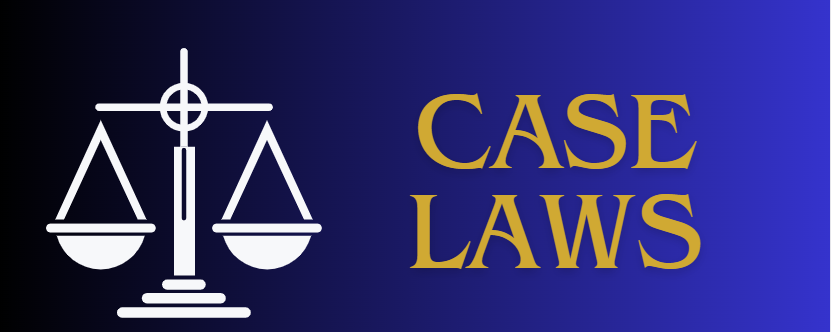2024 YLR 2123
PLJ 2024 Cr.C 791
انکویسٹ رپورٹ کاربن کاپی کرنے والے ادارے کے ذریعے پولیس رولز 1934 کے باب 25، قاعدہ 35 کے تحت دو نقلوں میں تیار کی جاتی ہے۔ یہ رپورٹ اس وقت تیار ہوتی ہے جب پولیس افسر لاش کے پاس پہنچ کر ابتدائی تفتیش مکمل کر لیتا ہے اور اسے دیگر ضروری کاغذات کے ساتھ میڈیکل افسر کے پاس پوسٹ مارٹم کے لیے بھیجا جاتا ہے، جس کی تصدیق میڈیکل افسر کرتا ہے۔ انکویسٹ رپورٹ بہت اہمیت کی حامل ہوتی ہے اور اسے ہر قتل کے مقدمے میں طریقہ کار/نظام کا لازمی حصہ سمجھا جاتا ہے تاکہ ریکارڈ میں بعد میں ممکنہ جعلسازی پر نظر رکھی جا سکے۔ یہ رپورٹ موقع پر موجود گواہوں، جرم میں استعمال ہونے والے ہتھیار، مرحوم کے جسم پر موجود زخموں کی تفصیلات، جائے وقوعہ پر موجود کارتوس وغیرہ کی نشاندہی کرتی ہے۔ اگر لاش موقع پر پڑی ہو تو ہتھیار کی نوعیت اور واقعات کا خلاصہ بھی اس میں درج ہوتا ہے۔ متعلقہ کالموں کے مطالعہ سے یہ معلومات آسانی سے حاصل کی جا سکتی ہیں۔
مدعی اور اس کے کزن کے نام، جو خود کو وقوعہ کے عینی شاہد بتاتے ہیں، اس میں درج نہیں ہیں۔ اپیل کنندگان کے نام بھی درج نہیں ہیں، بلکہ کالم "واقعات کا مختصر خلاصہ" میں بھی مقدمے کے حقائق کے بارے میں کچھ بھی درج نہیں ہے۔ ایسی کوتاہیوں کی کوئی وجہ دستیاب نہیں ہے، اس لیے یہ قیاس کیا جا سکتا ہے کہ اس وقت تک مدعی، عینی شاہدین اور ملزمان کے نام معلوم نہیں تھے اور یہ ایک غیر مرئی واقعہ تھا۔ ان حالات میں، اس امکان کو رد نہیں کیا جا سکتا کہ ایف آئی آر مناسب مشاورت اور غور و خوض کے بعد ایک من گھڑت کہانی بنا کر اور اپیل کنندگان کو ملوث کرنے کے لیے عینی شاہدین تیار کر کے درج کی گئی تھی۔
The Inquest Report is prepared in duplicate by the carbon copying agency under the provisions of Chapter 25, Rule 35 of The Police Rules, 1934 when preliminary investigation has been completed by the police officer after reaching the dead body and is sent along-with other requisite papers to the medical officer with dead body for post-mortem examination which is endorsed by the medical officer. The Inquest Report carries immense significance which is considered an integral part of method/system in every murder case to keep an eye on the subsequent possible fabrication in record, it gives some reflection of the witnesses in attendance, the weapon used in commission of crime, the detail of injuries on the body of the deceased, presence of crime empties etc. at the crime scene, if the dead body is lying at the spot, the nature of weapon and summary of the facts. Such information can easily be gathered from perusal of its relevant columns. Names complainant and his cousin who claim themselves to be the eyewitnesses of the occurrence are not mentioned in it. Names of the appellants are also not mentioned, rather nothing is mentioned in column “Brief Summary of Facts” regarding facts of the case. No reason for such lapses is available, so an inference can be drawn that till then, names of the complainant, eye-witnesses and accused were unknown and it was an unseen occurrence. In these circumstances, possibility cannot be ruled out that FIR was lodged after due consultation and deliberation by cooking up a story, preparing eye-witnesses for involving the appellants.





0 Comments